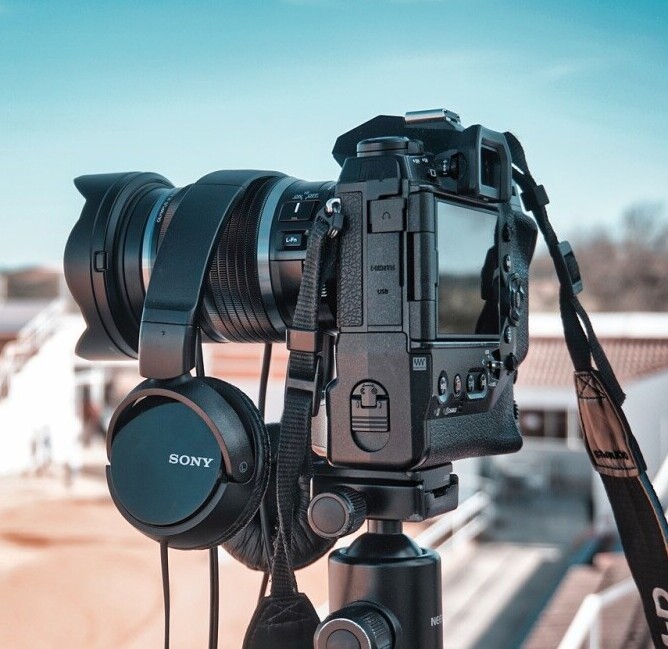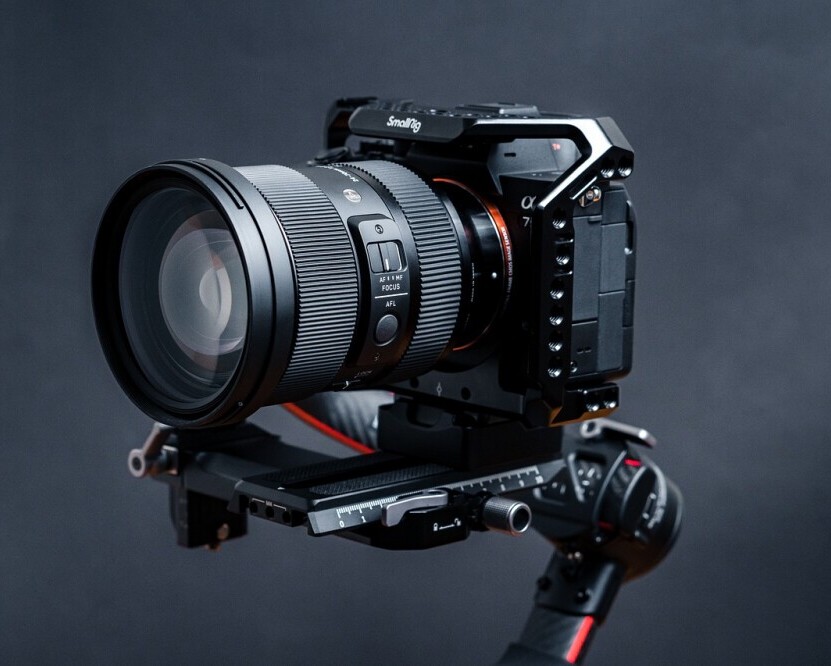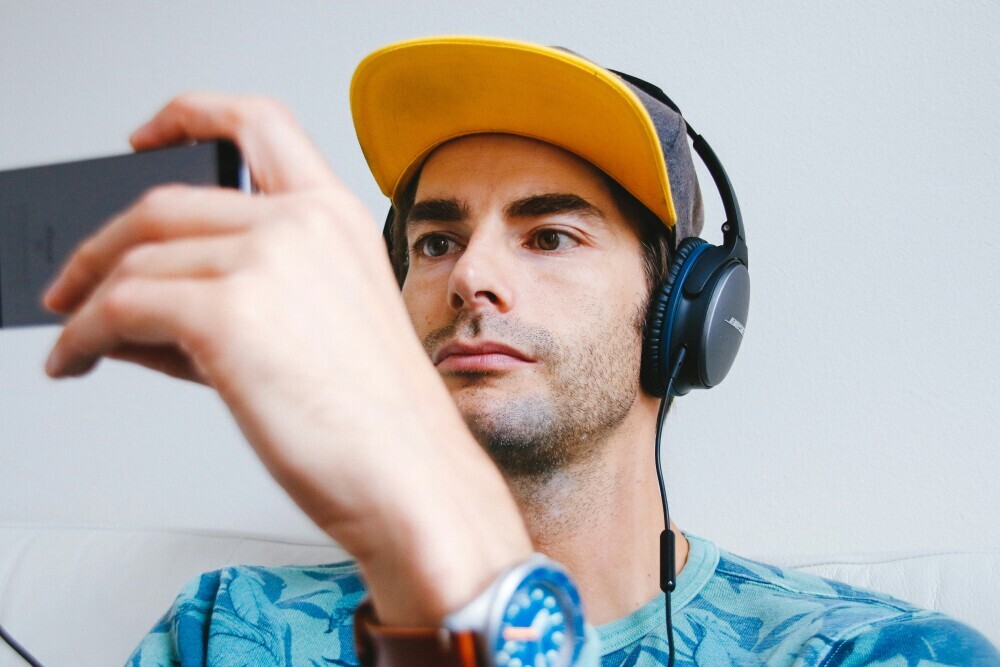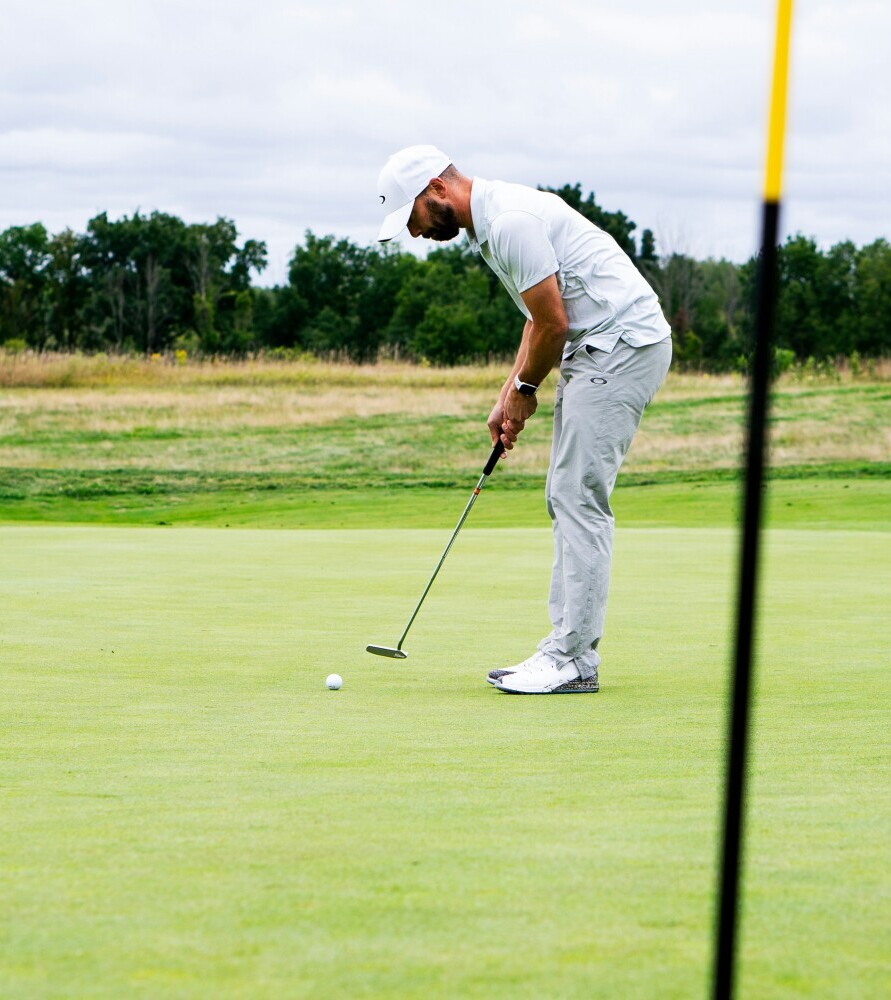Analyzing Your Golf Swing With Video: Tips For Self-Coaching


Golf is a game where precision meets passion, and a proper swing is crucial to bridging that gap. A well-executed swing doesn’t just look good; it directly impacts your performance on the course. Consistency in your swing not only improves accuracy but also helps in hitting the ball further and more effectively. The golf viking is here to help you improve your swing, and one of the best ways to do that is recording your swing on video.
Many golfers often overlook the connection between body mechanics and their effect on the swing. A proper swing engages just the right muscles, reducing strain and potential injuries. This physical harmony allows you to enjoy the game while optimizing your body’s capabilities. Recording yourself is a way to see your swing from an outer perspective.
Mistakes in your swing, even if minor, can drastically alter your game. Hooking, slicing, or missing your mark frequently can turn an exciting round into a frustrating session. Often, these mistakes are deeply rooted in basic technique errors, which can be corrected with the right focus and practice. Even slight adjustments to your swing can make major improvements.
Skill plays a huge role in golf, but never underestimate the synergy between skills and equipment. While having the latest clubs can provide advantages, understanding and practicing the fundamentals of a good swing often means more. It’s about finding that sweet balance where skill meets the right gear, paving the way for an effective game. So how do we perform the perfect golf swing?
A successful swing analysis starts with understanding proper mechanics. Our guide on Mastering the Golf Swing breaks down each phase of the swing so you know what to look for in your footage.

Breaking Down the Mechanics of a Perfect Golf Swing
Mastering the mechanics of a perfect golf swing can set you apart on the course from your competitors. Let’s break down the essentials to help you get that swing right every time. A good grip is the foundation. It’s about feeling comfortable holding the club in a way that gives you control. Start out with a good grip every time you swing.
Now, focus on posture. A solid stance with your feet shoulder-width apart, knees slightly bent, and weight evenly distributed is key. This setup primes your body for a consistent swing, reducing the chance of awkward movements. So start with grip, and then posture.
Next comes alignment. Aim the clubface towards your target while ensuring your feet are parallel to the line of the shot. Picture the swing as a pendulum, where the proper path leads to a natural and powerful strike. It’s important to have the right alignment according to where you want to hit the ball. Without good alignment, then even with a good swing your ball will still end up in the wrong spot.
Tempo and timing can’t be ignored, either. They’re like the rhythm section in a band, ensuring all parts of your swing work in harmony. A smooth, effortless flow from backswing to follow-through often results in more power and accuracy. Make sure you have a fluid motion and rhythmic tempo throughout your entire swing.
Don’t forget the connection between your head, body, and arms. Keeping your head steady and your eyes on the ball while your body rotates is crucial to maintaining control. Picture your arms as the center point of your swing, guiding your body through the motion with grace. Practicing these mechanics with intention can bring your game to the next level. So now that we know how to execute a perfect swing, how can we look at our swing to tell if we are doing it correctly?
Video analysis can reveal inconsistencies in your short game. Explore Short Game Mastery to fine-tune your chipping, pitching, and putting form.

The Power of Self-Analysis in Golf Improvement
Self-analysis in golf can be a game-changer, especially if you’re aiming to polish your own skills without always relying on a coach. Taking a step back to assess your play can unveil patterns or habits you might have missed during the game or practice.
It’s crucial to maintain an objective view. This means setting aside what you think you know about your game and observing reality. It’s easy to fall into biases, often overestimating strengths or downplaying weaknesses. Identifying the real issues is half the battle won. Sometimes we can’t tell what we’re doing wrong just by swinging alone.
Feedback loops are gold. They allow you to take what you observe, adjust your strategy or technique, and apply these changes in practice or further play. This iterative process is what leads to improvement over time.
When analyzing your swing, focus on a few aspects at a time, like balance, follow-through, or body alignment. Avoid getting overwhelmed by trying to perfect everything at once. Recognizing patterns in mistakes and successes helps in targeting specific areas for improvement. You’ll notice what needs to change and then you can fix it.
Watch out for common pitfalls like overthinking during the swing, which can lead to stiffness and impact performance negatively. Recognizing these tendencies and consciously working against them can make a significant difference. Keep calm and focused, and have a comfortable fluid swing.
Many golfers use swing video to fix directional issues. See our Ultimate Guide for How to Fix a Slice for adjustments you can spot and correct on camera.

Leveraging Video Analysis to Enhance Your Swing
Using video for swing analysis has transformed the learning experience for modern golfers. It provides a clear, visual perspective of what you’re doing right and where you need fine-tuning. Sometimes you need to view your swing objectively in order to tell what exactly it is you’re doing wrong.
Start by setting up your phone or camera at the right angles. A side-on view and an angle from behind provide comprehensive insights into your swing mechanics, helping to notice subtle errors that go unnoticed during actual play.
So record yourself swinging a few times from behind you, and record yourself swinging a few times from the side you are facing. This allows you to analyze your swing from both angles so you can see the entire body in motion.
When reviewing your footage, pay attention to the fundamentals like stance, grip, and follow-through. Watch in slow motion to truly see what’s happening at each stage of the swing. The beauty of video is you can keep replaying it so if you miss anything you can watch it again. So watch your swing multiple times from both angles to get a detailed picture of your swing.
Having a checklist can simplify the analysis process. Include points like your setup position, swing plane, and finish position. This structured approach ensures you don’t miss any critical elements. If you think one aspect of your shot is good, then you can analyze another aspect of your shot to really nail down where the problem lies.
Being able to see your mistakes or inconsistencies on video is a powerful tool. It enables you to focus your practice on specific areas, leading to effective and efficient improvements. Let’s wrap up what we’ve learned today.

Smartphone Swing Analysis: Techniques for Self-Coaching
Using your smartphone as a tool for swing analysis is not just convenient, but highly effective. With a few simple steps, your device can become your personal swing coach.
Start by stabilizing your phone with a tripod or a makeshift setup to ensure a clear, steady capture of your swing. Position it about waist height for full-body capture. Make sure that you can see your entire body as it makes the swing.
Several apps are available that can assist in analyzing your swing. These apps offer features like slow-motion playback, side-by-side comparisons, and even drawing tools to highlight angles and positions. This can really help you fine tune those details in your swing that you wouldn’t necessarily be able to see just from watching your swing in real time.
While reviewing your swing, focus on key areas — your grip, stance, and the path of your swing. Identify any inconsistencies and compare them against known good form videos, which you can find online for reference. Look at professional golfers and how they swing and compare your swing to theirs to notice any differences.
Once you’ve pinpointed areas needing improvement, develop a plan. This might involve specific drills targeting those weaknesses and regular follow-up videos to track your progress. Tackle one issue at a time, and you can always come back to the video to see if there’s anything else you need to work on.
Recording and assessing your swing in this structured manner not only improves your technique but also builds a deeper self-awareness and understanding of your personal golfing style. I’ll see you out on the golf course, golf champions.
The right training aids can enhance your video analysis sessions. Discover effective tools in Golf Training Aids and How to Use Them to speed up your improvement.


